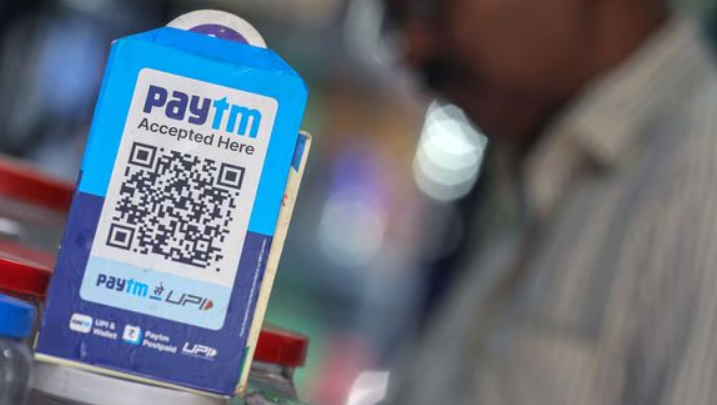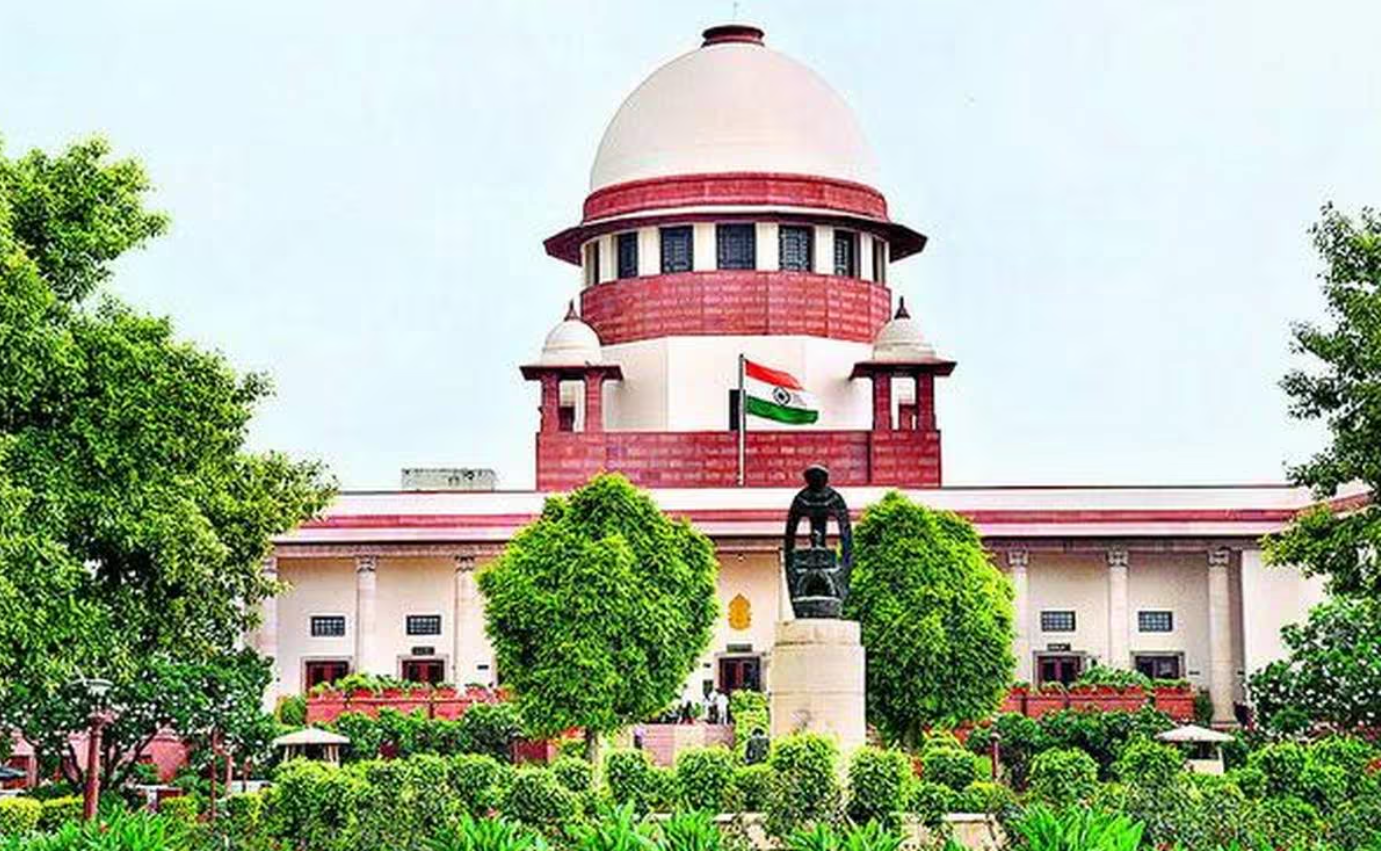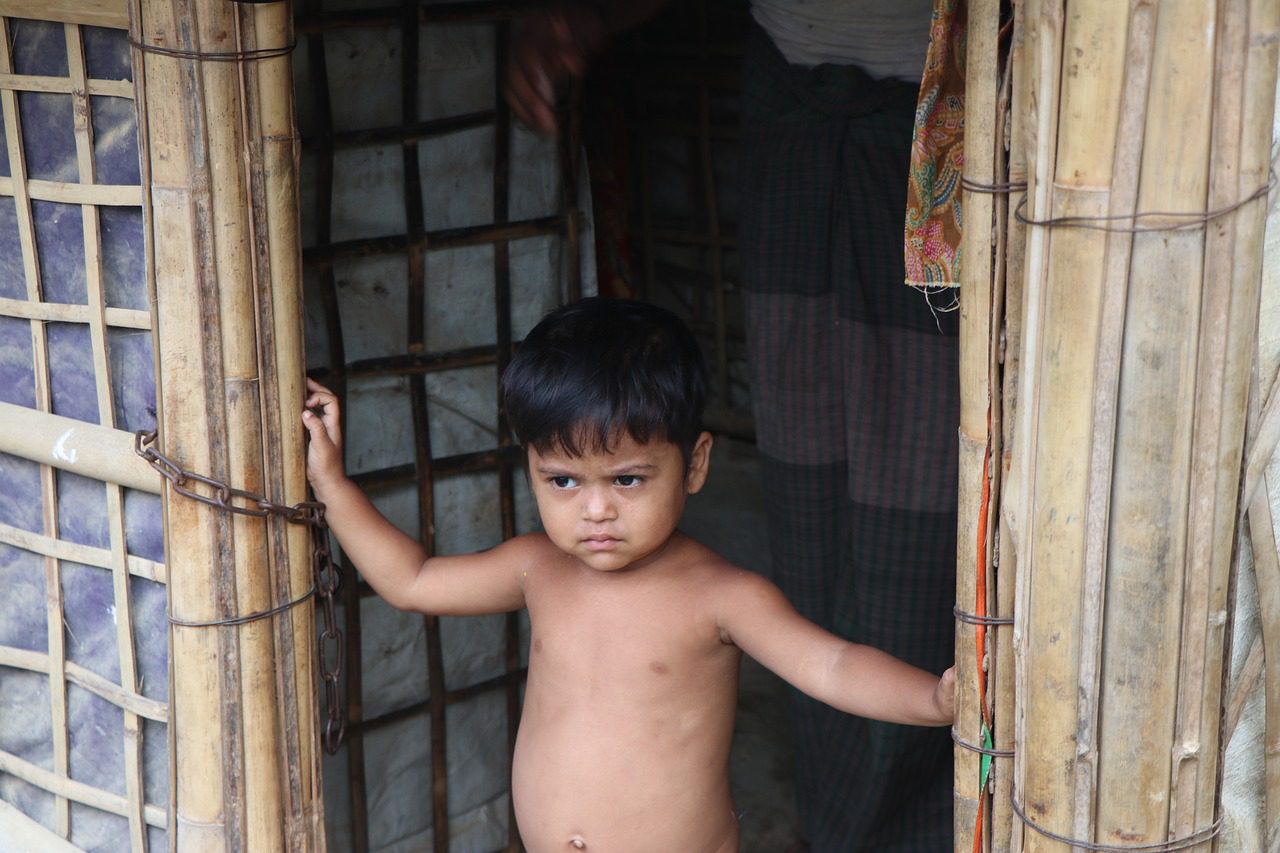NBFCs see spike in NPAs, fall in collections due to lockdown: ICRA

Background:-
- NBFCs see spike in NPAs, fall in collections due to lockdown
- The Stricter localised lockdowns in May have most likely hit loan collections for non banking finance companies (NBFCs) and could increase non-performing assets (NPAs) by 50 to 100 basis points.
- According to the rating agency, 25-30 per cent of collections done by NBFCs and HFCs happen through field visits and largely via cash. The collections were ramping up after the first wave, but the second wave have stemmed that recovery.
- The restrictions on movement would bearing on collection efforts for the NBFCs, especially for microfinance loans where cash collections still remain dominant.
- Housing loans are to remain most resilient as was seen even last year given the secured nature of the asset class and the priority given by borrowers to repay such loans.
- With most states implementing stricter lockdowns in the month of May 2021, collections efforts witnessed a major set-back compounding the 5-10% dip in collections seen in April 2021.
- The recovery had gained momentum in the fourth quarter, now halted, compounding the 5-10% dip in collections reported by most of the players in April 2021 from peak collections in March.
Linkages:-
- The measures announced by the RBI were primarily aimed boosting liquidity, expanding credit flow and easing the stress in the banking and financial services sector.
- Provisions announced for non-performing assets and stressed accounts such as the extension of the resolution plan for NPAs by another 90 days (and an allocation of a total of 300 days for finalizing a resolution plan for stressed assets) will give respite to the financial services sector.
- Banks and NBFC’s have been allowed to retain standard assets which were overdue by the end of February at standstill state for ageing if the deferment has been offered on those assets.
- This is a significant change and will stem the flow of these customer accounts into the NPA category.
- NBFCs, HFCs and MFIs have been facing challenges in raising funds. One of the focal points of the RBI announcements was the proposal to conduct a second round of targeted long-term repo operations (TLTRO) worth ₹50,000 crore.
- The main objective of the TLTROs is to facilitate access to reliable medium-term funds for NBFCs and other financial institutions
Current Scenario:-
- Following the second wave of the pandemic, the agency expects securitisation volumes to again get impacted in Q1 FY2022 as NBFCs and HFCs will be more selective in fresh lending thereby reducing their financing needs while the investors for securitised pools may again exhibit.
- The share of field collections are higher for NBFCs at about 35-40%, while the same for housing finance companies is about 5-10%.
- ICRA expects the Non-bank reported NPAs to increase to about 4.5-5.0% by March 2022 vis a vis about 4% in December 2020.
- ICRA estimates that HFCs are likely to be less affected because of the secured nature of their loans under the housing and non-housing segments.
- On a 30-day rolling basis, the gold price has corrected around 10 per cent over the past six months, while on an absolute basis it has fallen twice that rate.
- The correction in gold prices in recent months is not expected to materially impact the asset quality of NBFCs lending against gold.
- Apart from periodically collecting interest over the past few fiscal, NBFCs have ensured that disbursement loan-to-value (LTV) is maintained below 75 per cent.
- ICRA said that about 50% of the NBFC asset under management is in the top-5 states with high number of Covid-19 cases, namely Maharashtra, Karnataka, Kerala, Tamil Nadu and Uttar Pradesh.
- This in-turn would keep the earnings subdued in the current fiscal; about 30% lower than the pre-covid levels
Impact :-
- The second wave of Covid and the ensuing lockdowns have impacted the non-banking financial companies (NBFCs) and housing finance companies (HFCs) and has increase their bad debts, and dip collection efficiencies.
- NBFCs with exposure to microfinance, rural and semi urban borrowers with small-ticket SME, vehicle loans and unsecured loans generally are likely to be more affected as they have a relatively higher share of field collections.
- The recent fall in gold prices is unlikely to affect the asset quality. Also the Gold loan business, which has been largely branch-centric, is also expected to be affected.
- Stable liquidity scenario, coupled with a lag in the impact of a fall in the marginal cost of funds, led to an improvement in spreads
Content contributed by- Vaishnavi Dahivalikar








